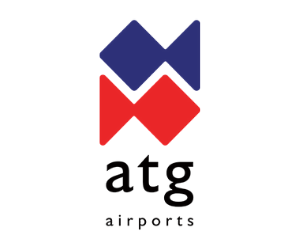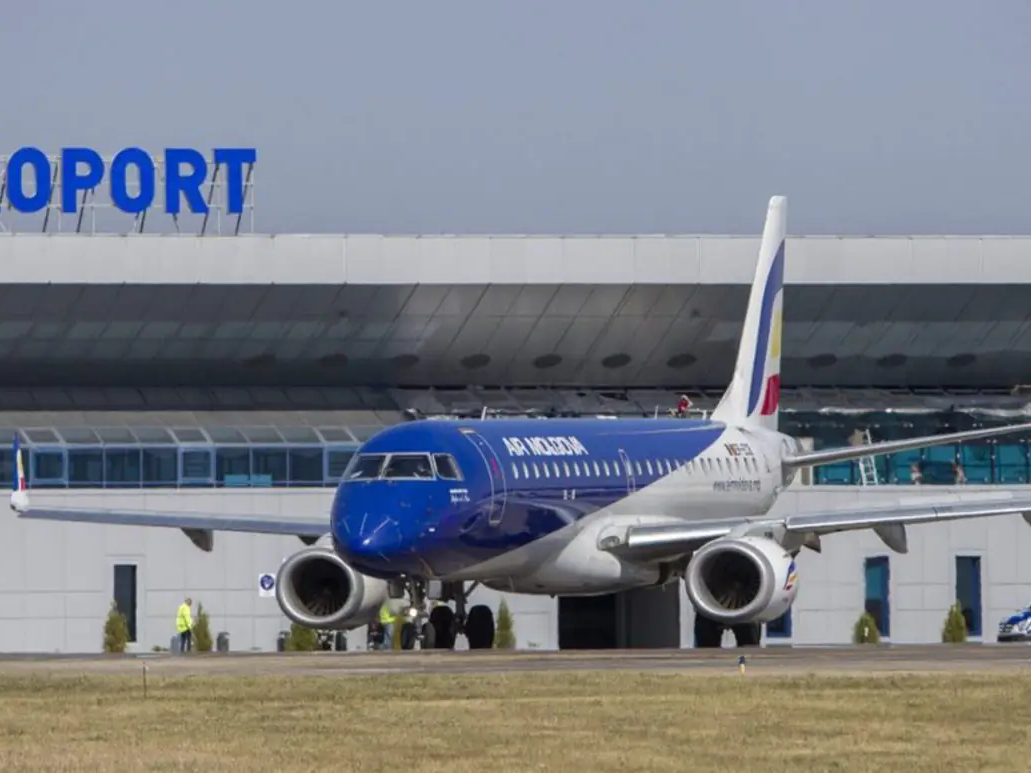In the event of AGL system failure, with the current lighting control system at Heathrow Airport the contingency process relies on manual attendance by the engineering team to each of the 14 substations to hand switch equipment.

From mobilisation, it takes around two hours to configure the airfield into an operational state. It is therefore feasible that the airfield may have to reduce movements to a minimum or potentially could close for during this phase.
In 2021 Heathrow Airport contracted atg airports to provide a design for an ‘agl bypass system’ to provide a quicker and more efficient contingency process. This design has now been given approval from the Airport and the implementation stage is currently under way and is set to run for a period of around 2 years from start to completion.
Given the complexity of the AGL control system, the introduction of an ‘agl bypass’ system facility to be used as an emergency backup, will, in theory, reduce the contingency time to less than a minute which will subsequently help reduce the risk of project transition times impacting the operation or the airport.
A separate Programmable Logic Controller (PLC) will be provided at each substation to take control of the serial links and combined with a new UPS, the agl control system will have a backup capable of controlling set patterns of runway and taxiway lighting from ATC.
Our Operations Director, Chris McGuinness, said:We are delighted to be furthering our long-standing relationship with Heathrow Airport. The challenge of designing this stand-alone agl bypass system has drawn upon all of our knowledge and experience within the atg engineering team. We are proud of this achievement and are looking forward to continue working closely in collaboration with the Heathrow team to implement this system and ensuring that the AGL control and monitoring system is ready to meet all future requirements.
This article was originally published by ATG Airports Ltd.











